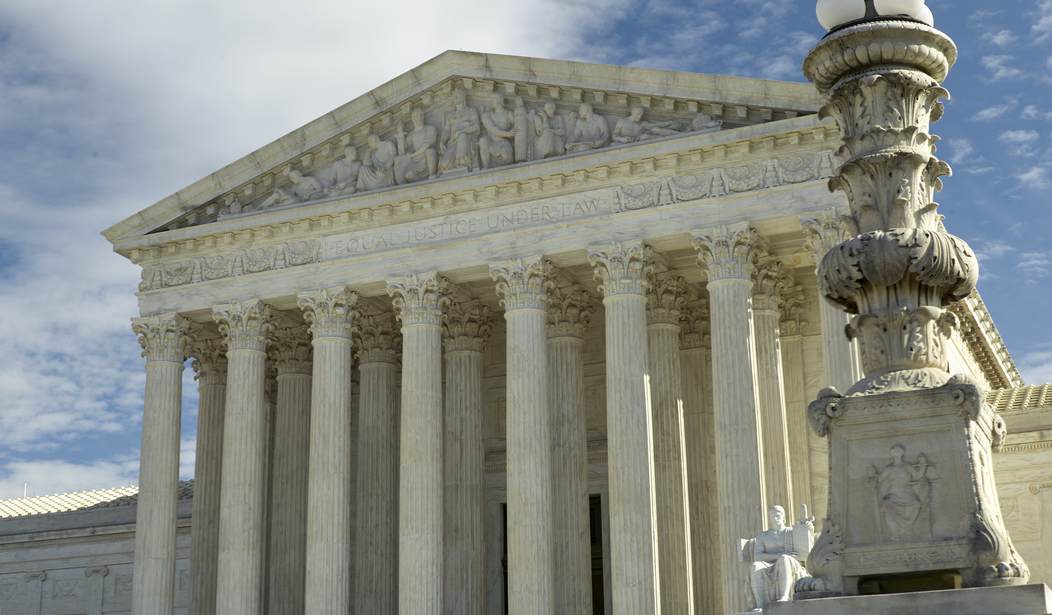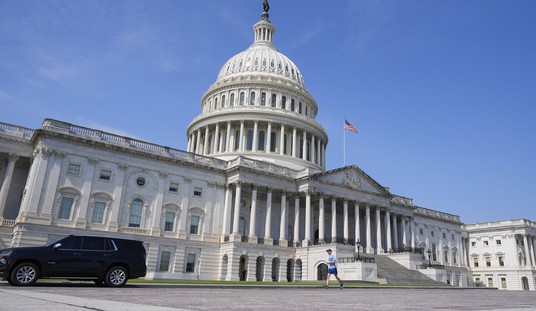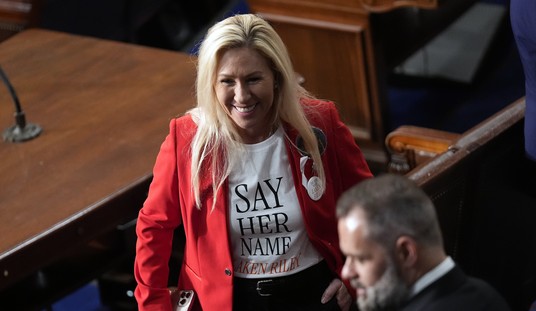On June 23, the U.S. Supreme Court handed down an enormous victory for property rights in a 6-3 decision. In this landmark ruling, the Court recognized that the recruiting and organizing of unions on private property for up to 120 days a year, three times per day, for one hour at a time constitutes a per se “taking” of physical property without just compensation under the Fifth Amendment’s Takings Clause and the Fourteenth Amendment.
Beginning in 2015, Mike Fahner’s strawberry farm in Dorris, California was disrupted as union organizers occupied his land without permission to solicit workers as new members for the United Farm Workers Union. Likewise, in the same year, the owner of the citrus and grape farm, Fowler Packing Company denied access to union organizers on his property. Union organizers responded by filing an unfair labor practices charge. Precisely, for this reason, Fahner was joined by the owner of the Fowler Packing Company to file a suit declaring collective bargaining without compensation on private property as a constitutional violation.
California’s Agricultural Labor Relations Act of 1975 (ALRA) (Cal. Code Regs., tit. 8, §20900(e)(1)(C)) asserted labor organizations have a “right to take access” to collective bargaining up to 120 days per year, three times per day, for one hour at a time. Organized unions are required to notify the state’s Agricultural Labor Relations Board prior. However, this statute does not require notice to farm owners who are directly affected by this practice. The ALRA further prohibited landowners from barring activists on private property.
Growers filed a suit to the Federal District Court against the board members of the United Farm Workers to request declaratory and injunctive relief in 2016. The petitioners claimed California’s “Access Regulation” establishes an unconstitutional per se physical taking of property without compensation and consent.
Recommended
The District Court dismissed the complaint reasoning that the “Access Regulation” did not constitute a violation of physical property given the farmers’ land is not available to the public in a “permanent and continuous manner for whatever reason.” In the Court’s view, this regulation was subject to the ad hoc balancing test of Penn Central that the growers did not attempt to satisfy.
Later, the petitioners presented a writ of certiorari to the U.S. Court of Appeals for the Ninth Circuit. Specifically, this Court utilizing the Penn Central balancing test (requested by respondents) agreed with the lower Court that the “Access Regulation” did not impose a permanent physical invasion since it did not “allow random members of the public to unpredictably traverse [the growers’] property 24 hours a day, 365 days a year.”
Likewise, the Ninth Circuit declared the petitioners did not lose the full economic value of private property usage. Meaning, the inability of the growers to prove the denial of maximum economic usage of farmers’ land did not constitute per se treatment.
In other words, the fundamental “right to exclude” was trumped when balanced against Penn Central’s three-prong test: 1) “economic impact of regulation” 2) “extent to which the regulation has interfered with distinct investment-backed expectations” 3) “character of government action.” It should not be overlooked that the Penn Central balancing test is notorious to regularly rule against property owners.
As a result, the divided Ninth Circuit (2-1) agreed with the reasoning of the lower court’s opinion and, later, denied a rehearing en banc in 2016.
Yet, on November 13, 2020, the Supreme Court finally granted the certiorari to hear the case. Amicus curiae briefs in support of the petitioners were filed by several leading organizations like the Cato Institute, the California Farm Bureau Federation, and the Buckeye Institute as well as the U.S. Chamber of Commerce and the U.S. government as a whole. Eleven States filed in solidarity. The Pacific Legal Foundation represented the growers in court. Oral arguments began in March of 2021.
The Supreme Court reversed the decision of the lower courts in favor of the growers this past Wednesday. Chief Justice Roberts delivered the majority opinion of the Court with Justices Thomas, Alito, Gorsuch, Kavanaugh, and Barret joining. Justice Kavanaugh also filed a concurring opinion. On the other hand, Justice Breyer filed a dissenting opinion that Justices Sotomayor and Kagan joined.
The majority opinion of the Court declared “Access Regulation” constitutes a per se taking of physical property and “appropriates for the enjoyment of third parties the owners’ right to exclude.” It ruled that the Taking Clause of the Fifth Amendment (“[N]or shall private property be taken for public use, without just compensation”) applies to the States via the Fourteenth Amendment. This means that the growers are obligated to receive just compensation and have the right to deny organized unions from entering private property.
Likewise, the Supreme Court declared that incorrect standards were applied by the lower courts especially the Penn Central test.
Chief Justice Roberts highlighted, “The essential question is not, as the Ninth Circuit seemed to think, whether the government action at issue comes garbed as a regulation (or statute, or ordinance, or miscellaneous decree). It is whether the government has physically taken property for itself or someone else—by whatever means—or has instead restricted a property owner’s ability to use his own property.”
It is not the regulation of private property by the government put into question, but the infringement or physical taking of private property itself.
Chief Roberts continued, on the ground of “precedent and common sense,” that the “right to exclude” should not be treated differently when extended 365 days versus 364 days. Time should not arbitrarily determine a violation of property rights.
Moreover, this recent victory of property rights by the Supreme Court shows a commitment to safeguarding the natural right to self-ownership that is protected and enshrined in our Constitution. Property rights are a central pillar to American constitutionalism for over 244 years and are directly linked to the enjoyment of other rights, especially freedom. Upholding our Constitutional protections to property rights is defending the liberties that our Founding Fathers fought for.
























Join the conversation as a VIP Member